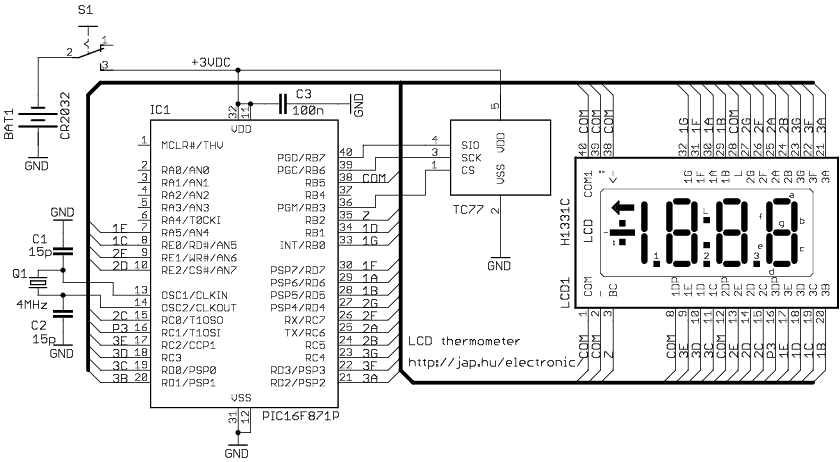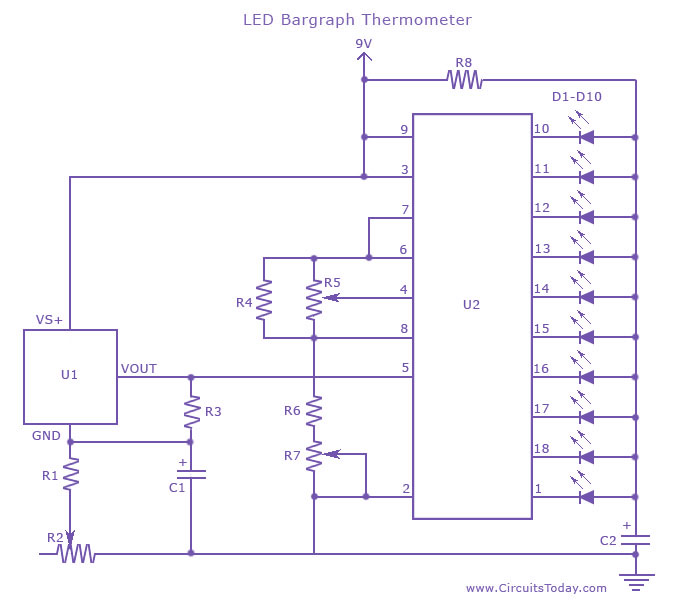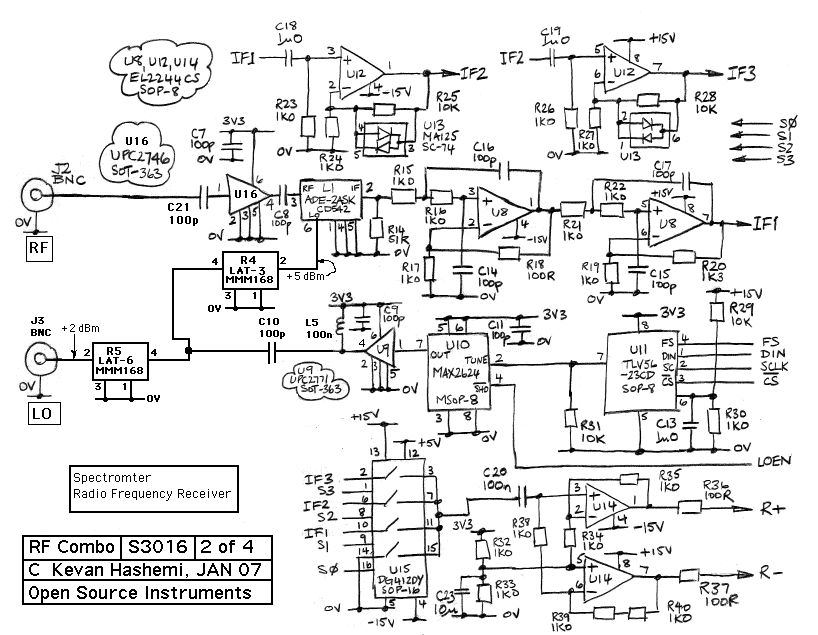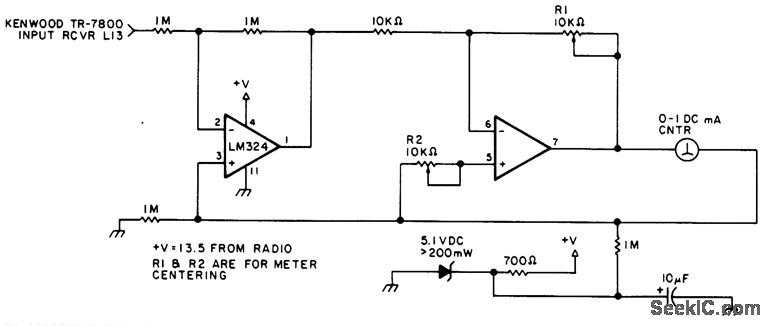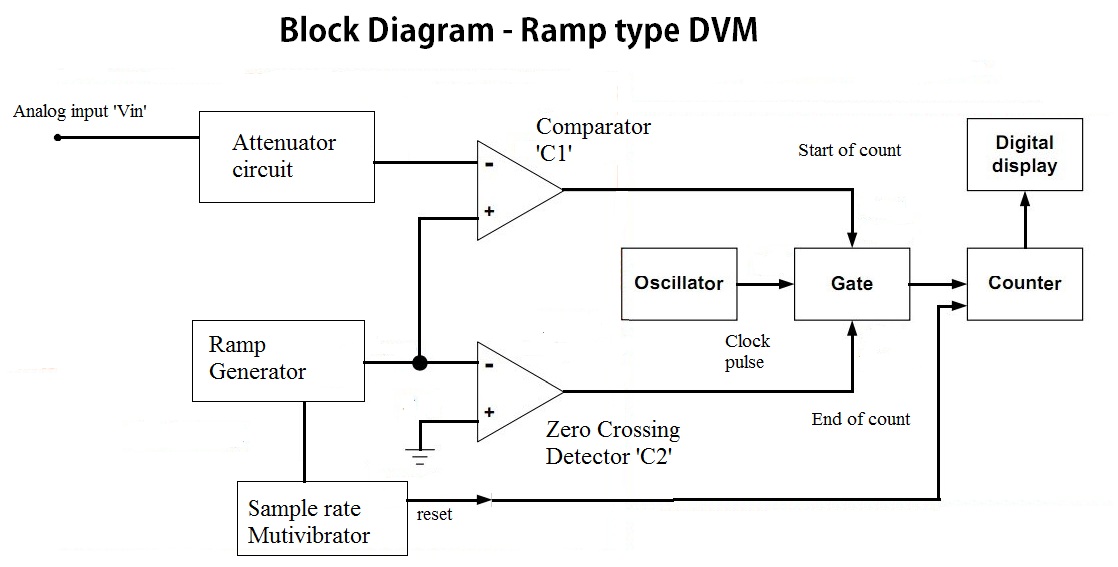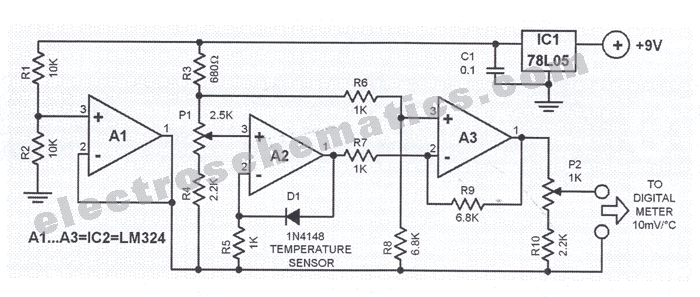
analog milliamp meter used as voltmeter
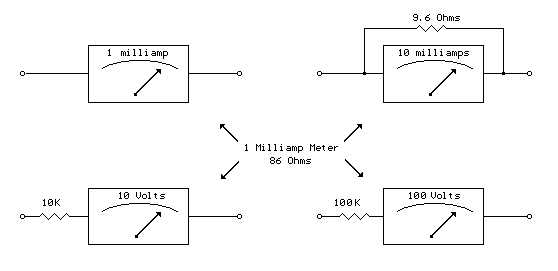
A milliamp meter can be utilized as a voltmeter by incorporating a series resistance. The required resistance is calculated by dividing the full-scale voltage reading by the full-scale current of the meter movement. For example, using a 1 milliamp meter to measure a voltage range of 0-10 volts necessitates a total resistance of 10 volts divided by 0.001 amps, resulting in a resistance of 10,000 ohms.
To implement this conversion effectively, a series resistor must be selected based on the desired voltage range and the specifications of the milliamp meter. The full-scale voltage (V_fs) represents the maximum voltage the meter will measure, while the full-scale current (I_fs) corresponds to the maximum current the meter can handle without damage.
In this case, for a 1 milliamp meter, the full-scale current is 0.001 A. To measure voltages up to 10 volts, the necessary resistance can be calculated using the formula:
R = V_fs / I_fs = 10 V / 0.001 A = 10,000 ohms.
This resistor should be connected in series with the milliamp meter. The combination allows the meter to display the voltage across the resistor instead of the current flowing through it, effectively transforming the milliamp meter into a voltmeter.
It is important to note that the resistor must be rated to handle the power dissipated across it, which can be calculated using the formula:
P = I^2 * R = (0.001 A)^2 * 10,000 ohms = 0.01 W or 10 mW.
A resistor with a power rating of at least 1/8 watt (0.125 W) would be suitable for this application, providing a safe margin above the calculated dissipation.
Overall, this simple modification allows for the repurposing of a milliamp meter as a voltmeter, broadening its utility in electronic measurement applications. Proper attention to the resistor's specifications ensures accurate readings and reliable performance.A milliamp meter can be used as a volt meter by adding a series resistance. The resistance needed is the full scale voltage reading divided by the full scale current of the meter movement. So, if you have a 1 milliamp meter and you want to read 0-10 volts you will need a total resistance of 10/.001 = 10K ohms..
🔗 External reference
To implement this conversion effectively, a series resistor must be selected based on the desired voltage range and the specifications of the milliamp meter. The full-scale voltage (V_fs) represents the maximum voltage the meter will measure, while the full-scale current (I_fs) corresponds to the maximum current the meter can handle without damage.
In this case, for a 1 milliamp meter, the full-scale current is 0.001 A. To measure voltages up to 10 volts, the necessary resistance can be calculated using the formula:
R = V_fs / I_fs = 10 V / 0.001 A = 10,000 ohms.
This resistor should be connected in series with the milliamp meter. The combination allows the meter to display the voltage across the resistor instead of the current flowing through it, effectively transforming the milliamp meter into a voltmeter.
It is important to note that the resistor must be rated to handle the power dissipated across it, which can be calculated using the formula:
P = I^2 * R = (0.001 A)^2 * 10,000 ohms = 0.01 W or 10 mW.
A resistor with a power rating of at least 1/8 watt (0.125 W) would be suitable for this application, providing a safe margin above the calculated dissipation.
Overall, this simple modification allows for the repurposing of a milliamp meter as a voltmeter, broadening its utility in electronic measurement applications. Proper attention to the resistor's specifications ensures accurate readings and reliable performance.A milliamp meter can be used as a volt meter by adding a series resistance. The resistance needed is the full scale voltage reading divided by the full scale current of the meter movement. So, if you have a 1 milliamp meter and you want to read 0-10 volts you will need a total resistance of 10/.001 = 10K ohms..
🔗 External reference
